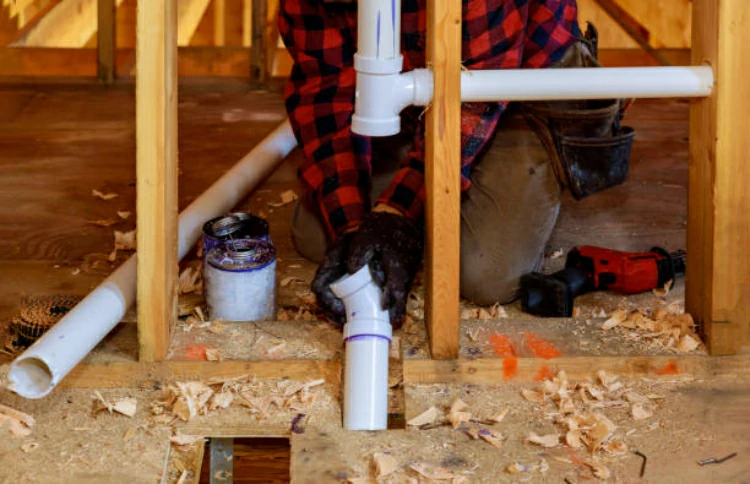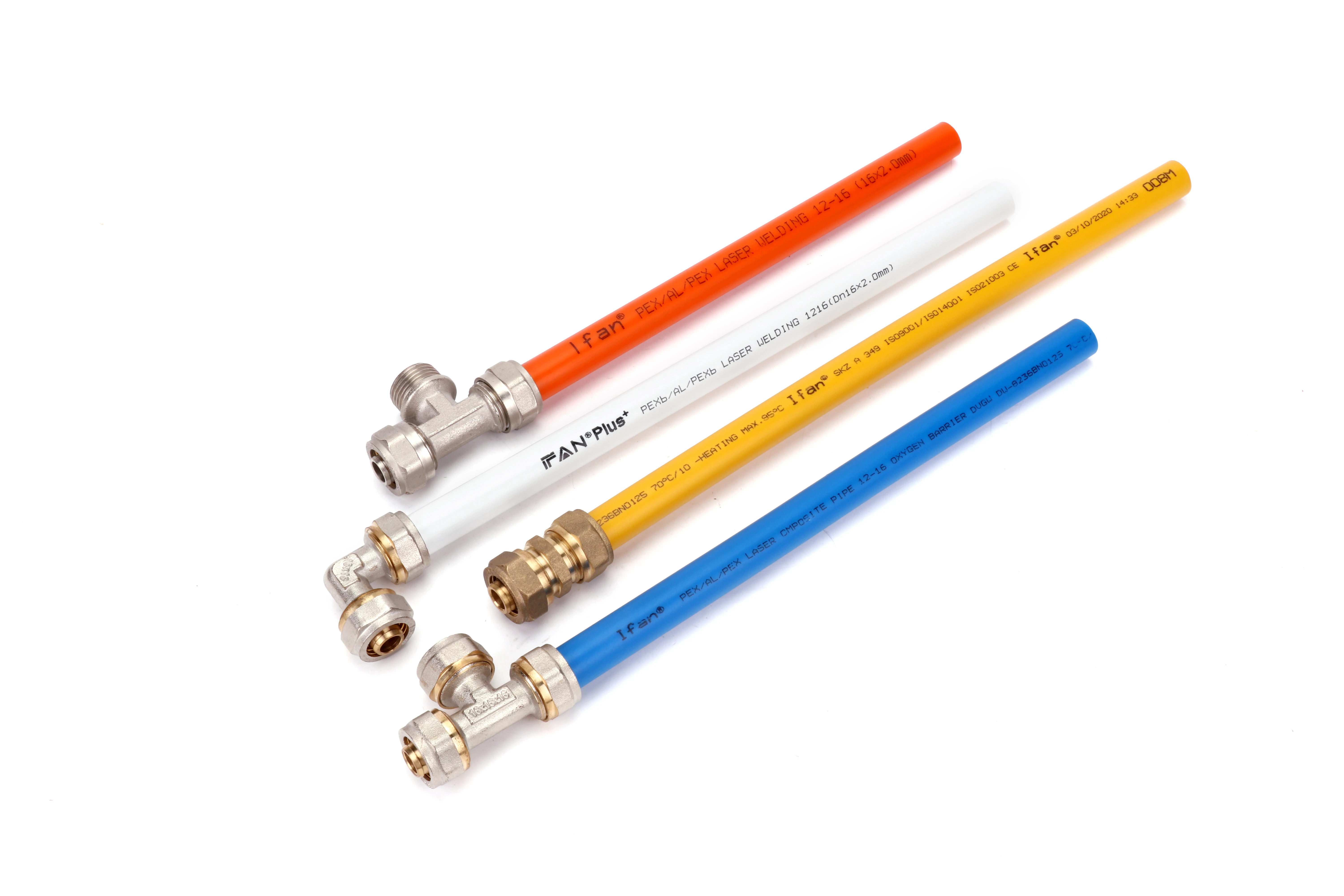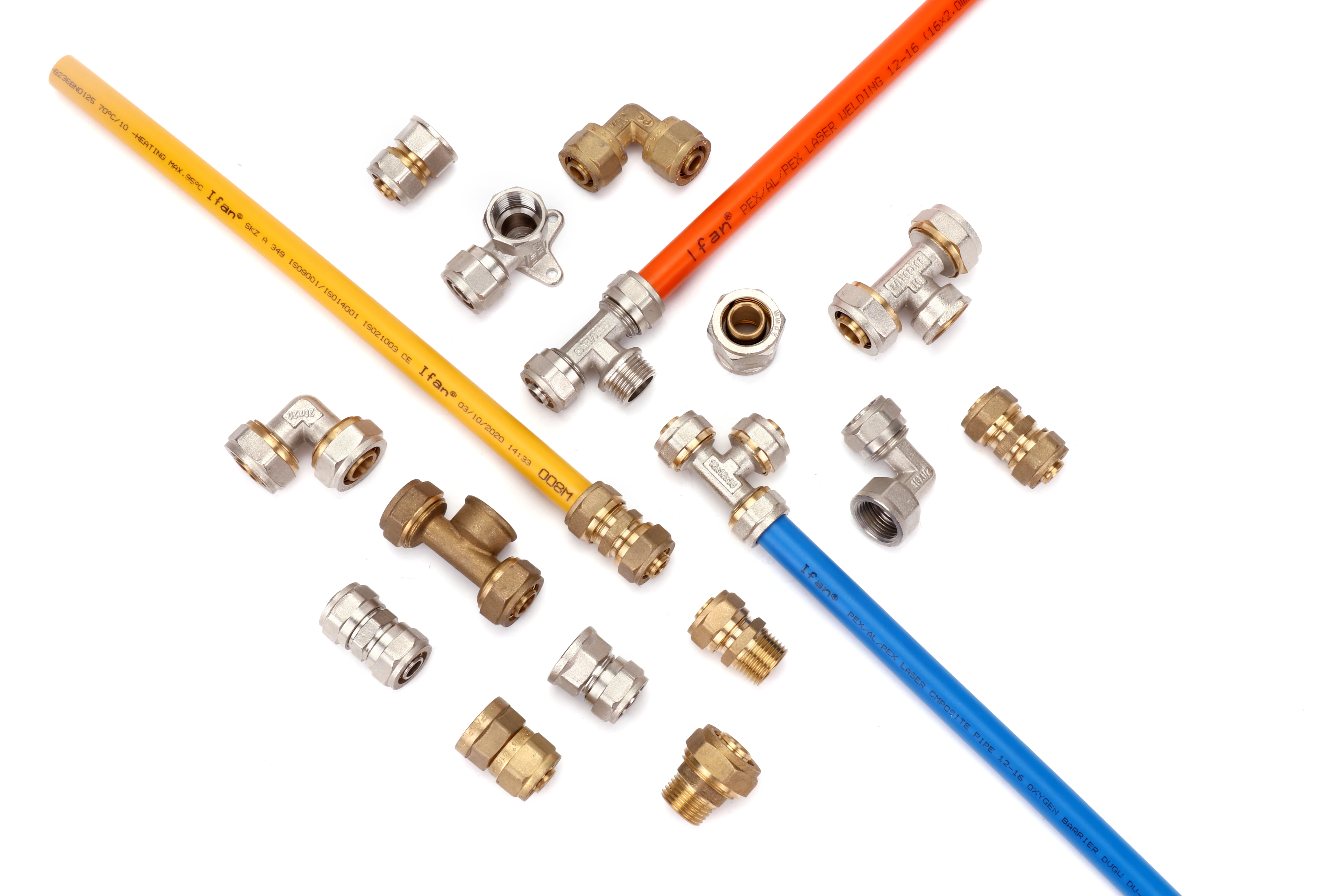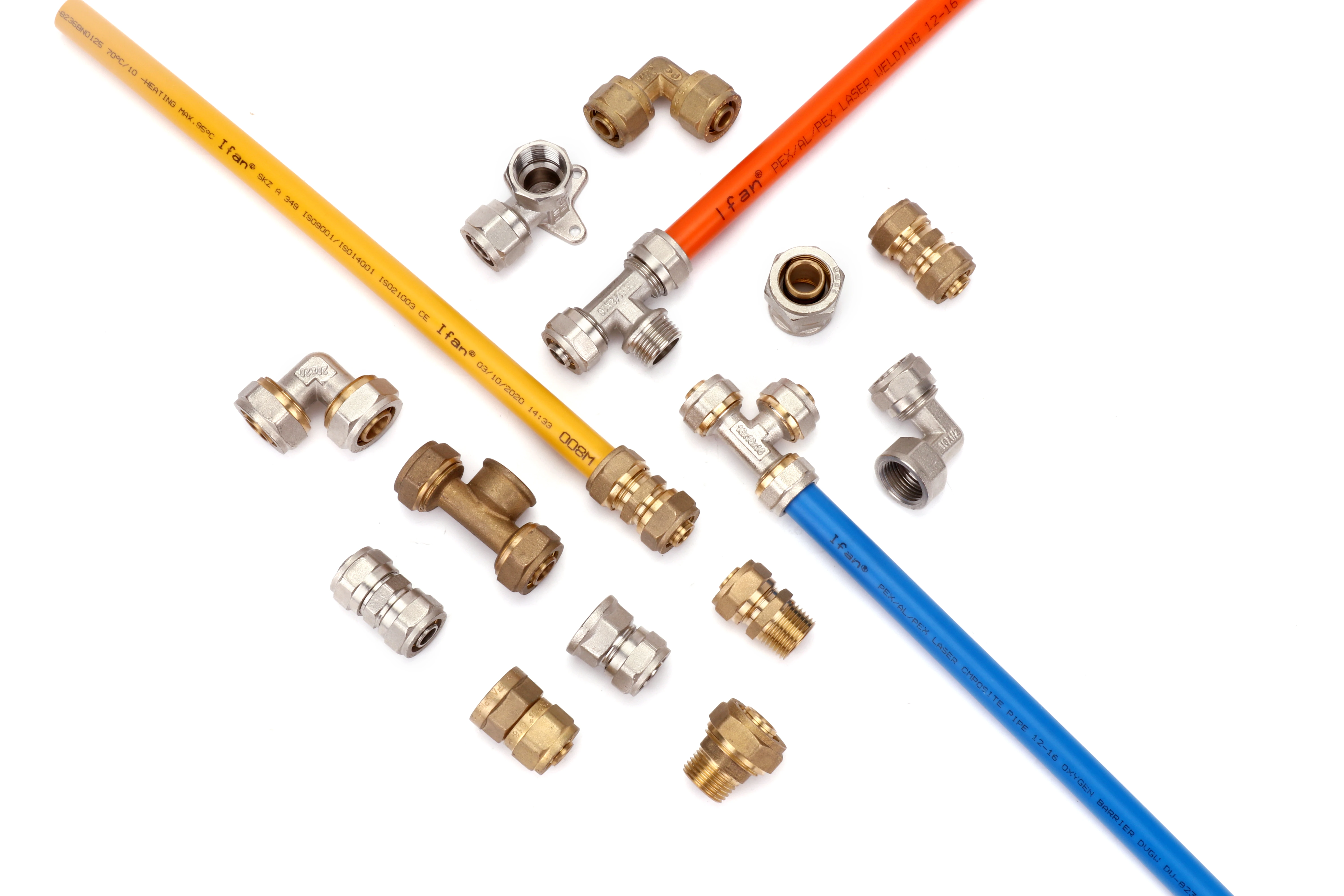Understanding CPVC Tubes Installation
Preparation Steps
Before beginning the installation process, it’s crucial to gather all the necessary tools and materials, including CPVC tubes, solvent cement, primer, cutting tools, and measuring tape. Ensure that the work area is clean, dry, and free from any debris or obstructions.
Measuring and Cutting
Start by measuring the length of CPVC tubes needed for the installation using a measuring tape. Mark the cutting points with a pencil or marker and use a suitable cutting tool, such as a hacksaw or tube cutter, to make clean and precise cuts. Always cut the CPVC tubes squarely to ensure proper fitting and alignment.
Dry-Fitting and Assembly
Before applying solvent cement, dry-fit the CPVC tubes and fittings to ensure they align correctly and fit snugly together. Make any necessary adjustments or modifications to the tubing or fittings as needed. Once satisfied with the fit, disassemble the components and proceed with the solvent cement application.
Techniques for CPVC Tubes Installation
Solvent Cement Application
Apply a liberal amount of CPVC solvent cement to the outside of the pipe and the inside of the fitting socket using a brush or applicator. Ensure that the solvent cement covers the entire surface area evenly. Quickly insert the pipe into the fitting socket and give it a quarter turn to ensure a proper bond.
Proper Joint Assembly
After applying the solvent cement, firmly press the pipe and fitting together for a few seconds to ensure a tight seal. Avoid twisting or repositioning the joint once the cement has been applied, as this can weaken the bond and compromise the integrity of the connection. Wipe away any excess cement with a clean cloth or rag.
Allow Sufficient Cure Time
Allow the solvent cement to cure for the recommended time as per the manufacturer’s instructions before pressurizing the system or exposing it to water. This typically ranges from 15 minutes to 2 hours, depending on the ambient temperature and humidity levels. Avoid disturbing or stressing the joints during the curing process.
Maintenance Tips for CPVC Tubes
Regular Inspection
Periodically inspect CPVC tubing and fittings for signs of leaks, cracks, or damage. Check for any loose connections, corrosion, or wear and tear that may compromise the integrity of the piping system. Address any issues promptly to prevent potential leaks or failures.
Preventive Measures
Take preventive measures to protect CPVC tubing from physical damage, exposure to sunlight, and harsh chemicals. Use suitable insulation to prevent freezing in cold environments and avoid direct exposure to UV radiation by installing tubing indoors or using UV-resistant covers or coatings.
Cleaning and Maintenance
Regularly clean CPVC tubing using mild soap and water to remove dirt, debris, and contaminants that may accumulate over time. Avoid using abrasive cleaners or harsh chemicals that may damage the CPVC surface. Inspect and clean filters, screens, and valves to ensure proper flow and performance.
Conclusion: Ensuring Longevity and Reliability of CPVC Tube Systems
Mastering the installation and maintenance techniques for CPVC tubes is essential to ensure the longevity and reliability of piping systems in various applications. By following proper installation procedures, such as measuring, cutting, solvent cement application, and joint assembly, and implementing preventive maintenance measures, such as regular inspection, cleaning, and protection, users can maximize the performance and lifespan of CPVC tube systems. With proper care and attention, CPVC tubes can provide efficient and trouble-free service for years to come, offering peace of mind for homeowners, contractors, and facility managers alike.
IFAN is a Chinese manufacturer of plastic pipes, fittings and valves with 30 years of experience. If you are interested in IFAN Raccords en cuivre, vannes en cuivre, tuyaux et raccords en plastique, veuillez nous contacter. IFAN offers you a variety of standard pipes to meet your specific needs. Click below to learn more about IFAN’s wide range of affordable and cost-effective valve products and piping system related products.
We will reply your email or fax within 24 hours.
You can call us at any time if there is any question on our production.
For more information,pls visit our webside https://ifanpro.com/
Veuillez envoyer un courrier à l'adresse suivante [email protected]
Whatsapp : + 86 19857948982














Commentaires récents